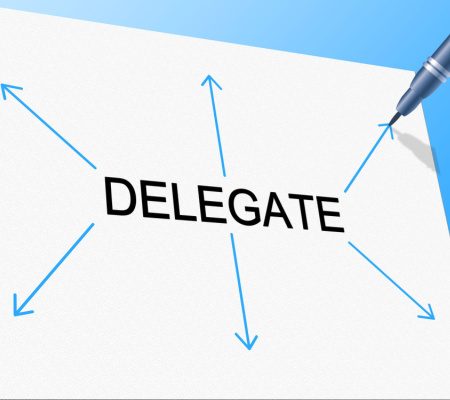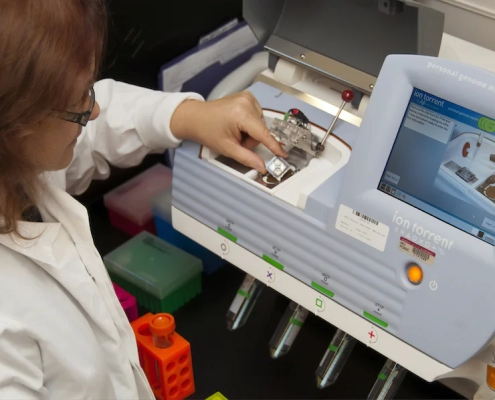PM Power Tool: Leveraging Delegation
 Do you want to expand your capability to manage more projects? You can by delegating! But delegation can be scary, because you’re releasing control to others. With the right attitude and activities, delegation can become your go-to tool that isn’t so scary. Here are the best ways to make delegation work for you as a project manager.
Do you want to expand your capability to manage more projects? You can by delegating! But delegation can be scary, because you’re releasing control to others. With the right attitude and activities, delegation can become your go-to tool that isn’t so scary. Here are the best ways to make delegation work for you as a project manager.
- Pick the right team member. Sure, it’s easy when a team member is experienced in what you want to delegate. Usually, you have to decide whether a team member has the skill and judgment to perform the delegated responsibility. Consider their desire to grow, their ambition, and the stakeholder relationships needed to complete the task. When your team member has good relationships and the right attitude, delegation goes better.
- Clearly define the assignment and completion criteria. Determine exactly what you want from your team member. This includes the deliverables and your definition of successful results. Successful delegation might mean saving you time or it could be applying more specific technical expertise than you have. Keep in mind, you might be able to tackle the task more easily or faster, but that isn’t the point. Determine what you need, which is not necessarily the same level of quality you yourself would produce. Also, decide what you would like your team member to learn or experience from the delegation. Communicate all this with your team member, and you’ll increase your probability of success.
- Discuss the approach to completing the task, while allowing flexibility. In some cases, delegated responsibility requires a specific process. In other instances, you may have a preferred approach. Share that approach in your delegation conversation. If there is flexibility in how to accomplish the assignment, then encourage your team member to take the approach they’re comfortable with and/or learn as much as they can from the delegation.
- Provide necessary resources and authority. Think about what your team member might need or benefit from for the assignment. This goes beyond access to tools and data. For example, introduce your team member to key stakeholders. Notify the team and stakeholders about the authority you are delegating to your team member. And finally, arrange for access to key experts.
- Allocate time to support your team member. Delegation isn’t a “set it and forget it” exercise. The best delegators prepare to guide their team member to help them succeed. Schedule frequent check-in meetings with them and reserve the time in your calendar. Review their progress and examine any interim deliverables. You can reduce the meeting frequency if they make suitable progress. Be responsive to impromptu questions and provide tips along the way. This not only increases the success of the delegation, but also increases your team member’s confidence in their ability to complete their responsibilities to your satisfaction.
Follow these tips and delegation will become your PM power tool to expand your accomplishments and those of your team!
Delegation is both powerful and scary. What techniques have you used to make delegation work for you – and to make it less scary to apply?
For more about working with team members, check out Daniel Stanton’s Project Management Foundations: Teams course.
Coming Up
Do you have questions about careers in project management? Will I like being a project manager? What skills do I need? What about education? How do I get experience? Are certifications worth it and what do I need to do to earn them? What are the possible career paths? Chris Croft and Bonnie Biafore co-authored the course How to Launch a Career in Project Management to answer all these questions – and many more. For this Office Hours event, we want you to watch the course FIRST. Then, if you still have questions, join us in this event to ask questions we didn’t answer.
No excuses! Here’s a link to watch the course for free: https://tinyurl.com/how-to-launch-career-in-PM
____________________________________________________________________________
This article belongs to the Bonnie’s Project Pointers newsletter series, which has more than 46,000 subscribers. This newsletter is 100% written by a human (no aliens or AIs involved). If you like this article, you can subscribe to receive notifications when a new article posts.
Want to learn more about the topics I talk about in these newsletters? Watch my courses in the LinkedIn Learning Library and tune into my LinkedIn Office Hours live broadcasts.
____________________________________________________________________________




